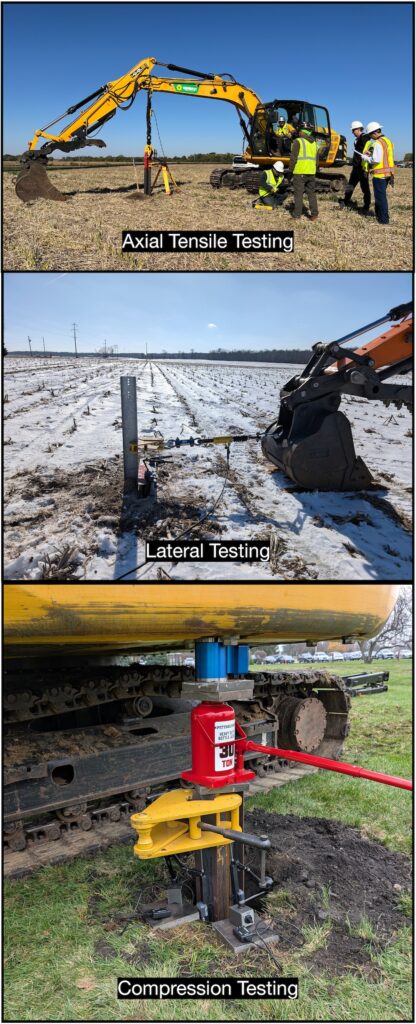
Over the last several years Illinois has solidified itself as one of the strongest community solar markets in the country, with accessible shared solar farms popping up all over the state, and has taken an initiative in investing heavily into renewable energy. As of December 2024, Illinois is currently ranked 5th in wind and 15th in solar energy generation, and the state has set goals for the next 25 years to not only increase its nationwide rank, but to be completely renewable by 2050. A major facet to achieve this goal has been the community solar program. The 2016 Future Energy Jobs Act created Illinois’ community solar program, and the 2021 Climate and Equitable Jobs Act (CEJA) strengthened it. CEJA allocated funding for 250 MW of pending projects — for about 40,000 subscribers —and then about 150 MW per year of projects going forward.Community solar refers to local solar facilities shared by individual community members, who receive credits on their electricity bills for their portion of the power produced. They are also commonly referred to as a Solar Garden or Solar Farm. They are typically sited on agricultural land, rooftops of large industrial buildings and near power plants.
Pioneer has been at the forefront of this program, providing geotechnical and environmental expertise to communities and their solar developers throughout Illinois and beyond. With the recent addition of Pile Load Testing to Pioneer’s tool belt, we can continue to provide engineering excellence beyond the standard scope for geotechnical site evaluations.
Pile Load Testing is a critical piece of the geotechnical investigation puzzle. Pioneer has the ability and expertise to perform Axial Tensile Testing (vertical pull tests), Lateral Testing (horizontal pull tests), and Compression Load Testing (vertical push tests) on installed test piles to the project’s maximum design loads. Using state-of-the-art displacement monitoring equipment, Pioneer tracks the real-time displacement of the pile while incrementally increasing the load. The full report includes all testing data along with detailed graphs depicting each individual test.
Pile Load Testing provides the structural engineers and project design team pertinent data to properly design the Solar Array, specifically the row of piles on which the panels rest, and is not limited to Solar Arrays; many projects throughout Illinois utilize various types of piles for their structures. When shallow foundations become too cost prohibitive, piles can be used as a deep foundation alternative. Pile Load Testing can be utilized in these cases to help determine soil suitability.


